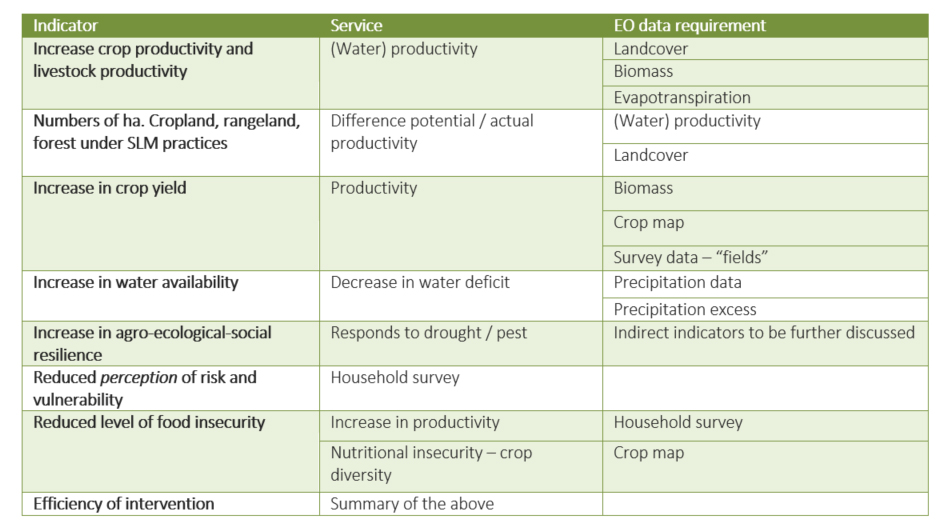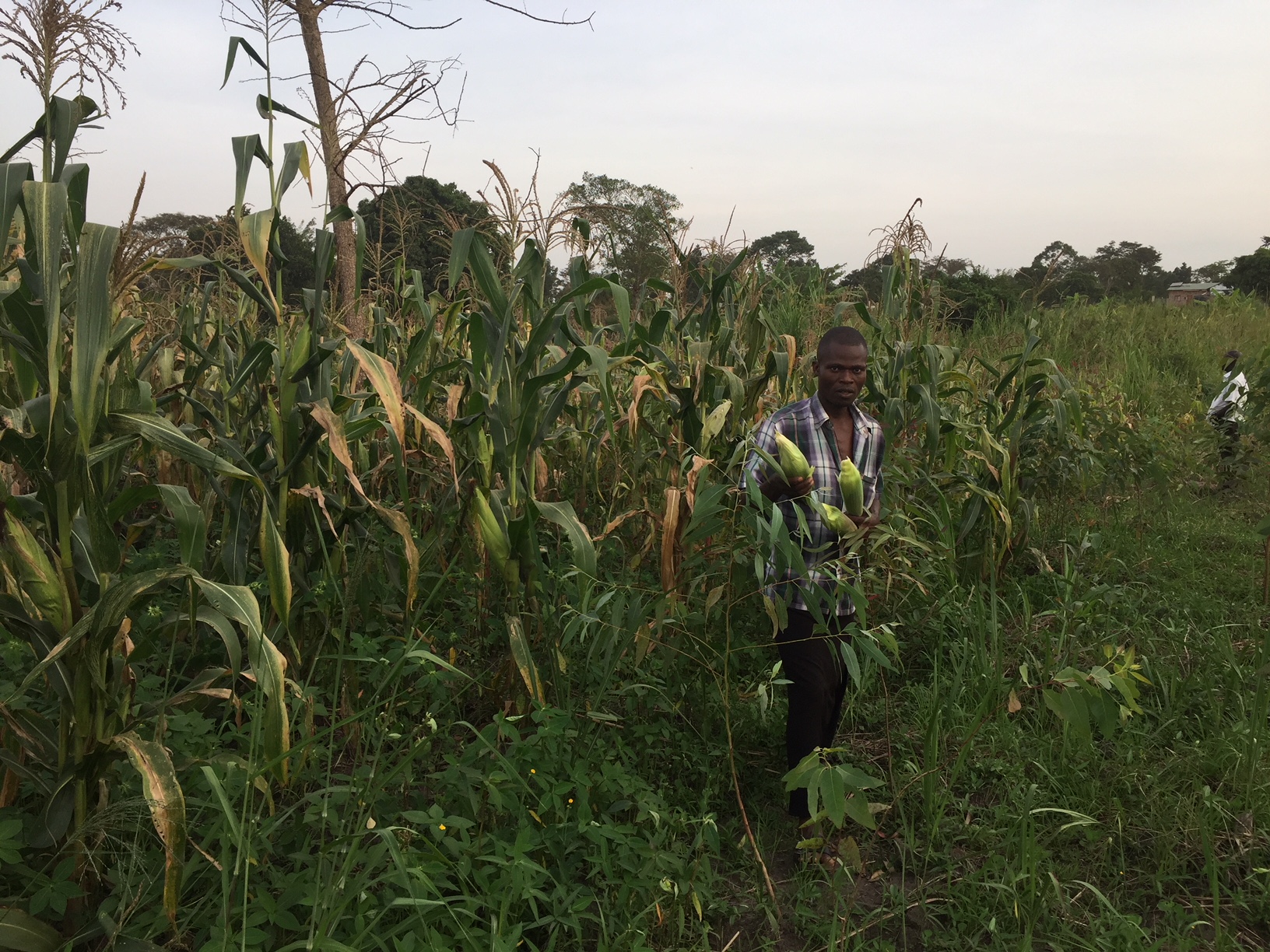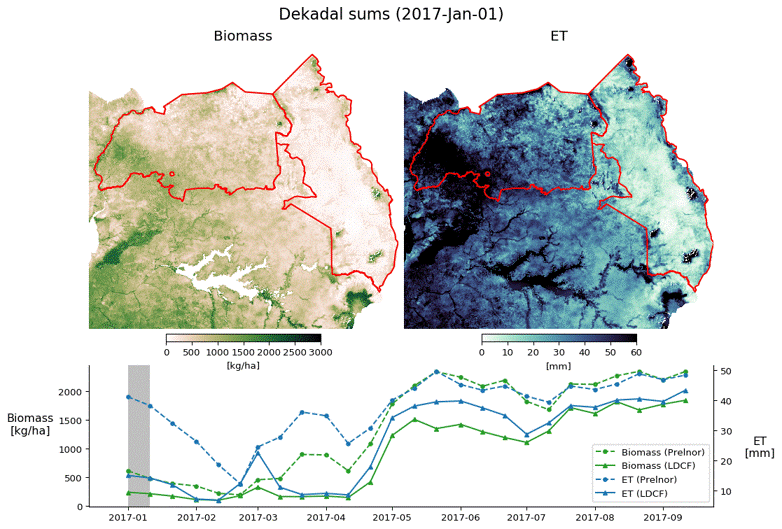Uganda has an estimated population of 35.8 million, 80% of whom are involved in agricultural production that contributes to about 22% of the total Gross Domestic Product (GDP) demonstrating the importance of agriculture for the country.
ESA’s Earth Observation for Sustainable Development (EO4SD) initiative leverages and contributes to several ongoing activities carried out in Uganda by different national and multilateral donor organisations and their stakeholders. The objective is mainstreaming the use of Earth Observation data for their activities, since EO-based technology is exceptionally well suited to supporting the implementation of long-term and large-scale development programs. EO works by resolving the data and information gaps concerning the status and change in land use, vegetation cover, agricultural production and water productivity.
The EO4SD – Agriculture and Rural Development cluster organised a workshop in Kampala (Uganda) on 6 December at the African Forum for Agricultural Advisory Services (AFAAS) premises. The objective was to gather representatives from ministries and development aid organisations of Uganda to discuss current initiatives implemented in the country and how the EO4SD initiative can support them.
This first of its kind workshop featured the cutting-edge capabilities of EO data for the agriculture and rural development sector and revolved around one key idea: the need for defining a roadmap framework on Monitoring and Evaluation activities that will lead to an integrated approach on the development of indicators using Earth Observation. Some of these indicators -such as indicators on the increase in crop yield, water availability, crop productivity, among others- have been already identified by the Agriculture and Rural Development cluster according to potential user’s requirements. Therefore, the EO4SD consortium, proposed to the audience a collaboration framework as the starting point for the future roadmap.

A number of potential indicators have been identified that can be supported by Earth Observation data.
The representatives from donor organisations, project management and implementation units, large institutes, industry as well as from local initiatives such as the Market-led User-owned ICT4Ag Enabled Information Service (MUIIS) – which is actively working in Uganda to bring EO services to smallholders in the country and its local stakeholders – together started the journey towards the establishment of the Monitoring and Evaluation framework in Uganda and the roadmap that will pave the way towards the future collaboration.
The definition of such framework is considered to be instrumental for assisting the establishment of a baseline for the monitoring of productivity changes resulting from project interventions and aid smallholders in their understanding of climate resilient production.

Farmers from Uganda can benefit from EO data to make better informed decisions on the basis of information regarding crop and climate status. (©EO4SD – Agriculture and Rural Development cluster)
The representatives presented a number of data sources available in Uganda during the workshop: the ESA Climate Change Initiative (CCI) land cover map, the FAO portal to monitor Water Productivity through Open access of Remotely sensed derived data (WaPOR), the WFP Sentinel crop mapping experiment, and the Vital Signs monitoring system that includes household surveys, vegetation plot measurements, and remote sensing (http://vitalsigns.org/), among others. All having their own scale and detail, they were presented to the audience as excellent sources that can be used as input for the indicators that were proposed by the audience.

Example of a crop productivity indicator: comparison between project regions of crop productivity (green line) and water consumption (blue line)
Finally, to bring the collaboration further, a number of action points where identified during the workshop, the first being a workshop scheduled by the FAO end of January where the proposed indicators and implementation hereof within Uganda projects will be further discussed with the stakeholders.





Discussion: no comments